G-tokyo 2010 — A New Art Fair
Last January “Art@Agnes” was held for the final time. There is still no official word on whether “101Tokyo” is happening this April. Certainly seems like a brave time to be starting a new art fair. But this is at Mori and nothing is impossible. A strong selection of the capital’s top contemporary art galleries have gathered together in one place for “G-tokyo 2010”.
Rather than the vast maze-like sprawl common to many other art fairs, “G-tokyo 2010” is structured in three modest tiers, making for an art fair experience that is thankfully not a marathon. Instead of volume, the organizers have concentrated on presentation and curation. Each of the galleries is allotted a huge booth, sometimes larger than the actual gallery’s real exhibition space. Wide, wooden corridors allow visitors to stand back and take in the works. Very chic. Very Mori.
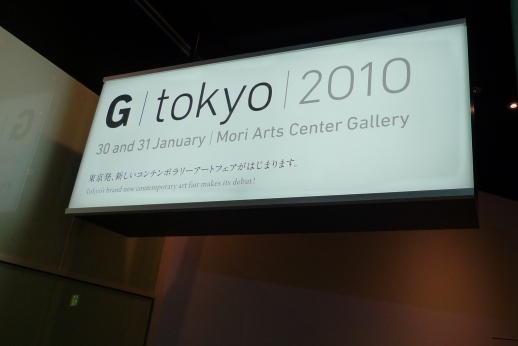
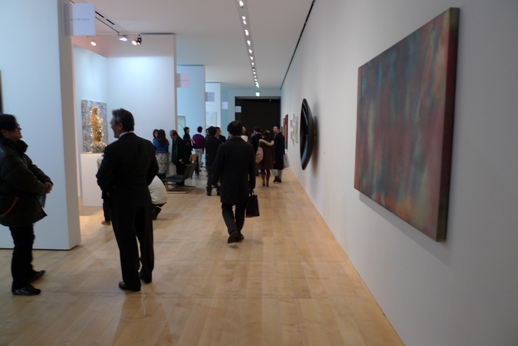
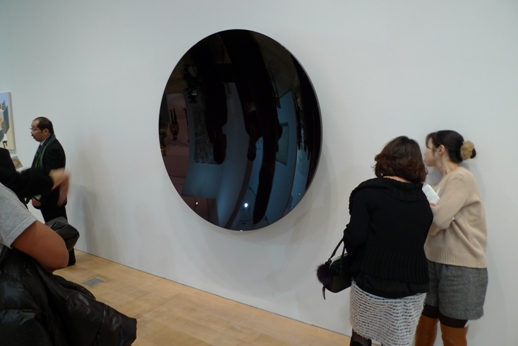
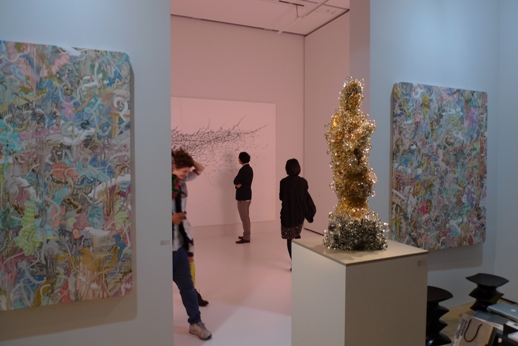
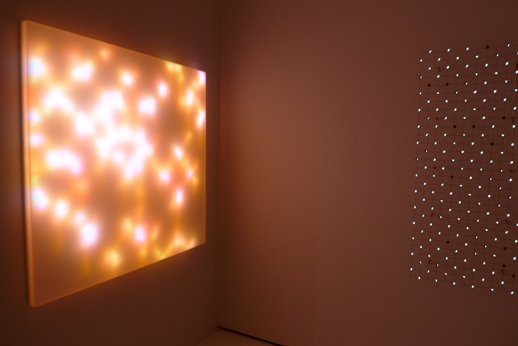
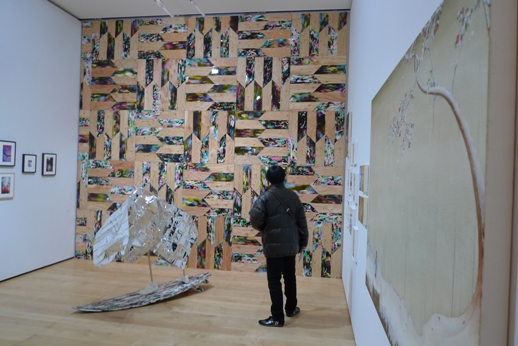
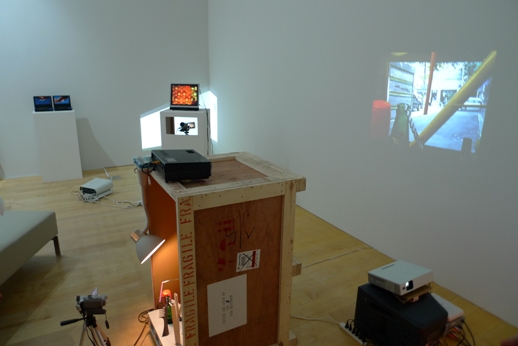
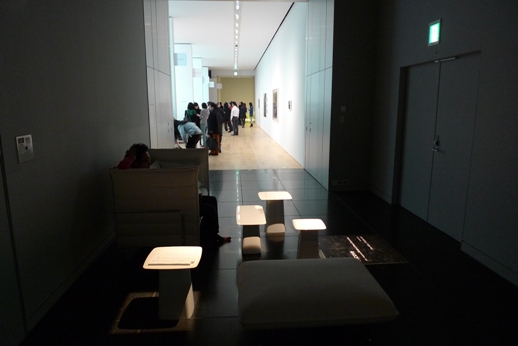
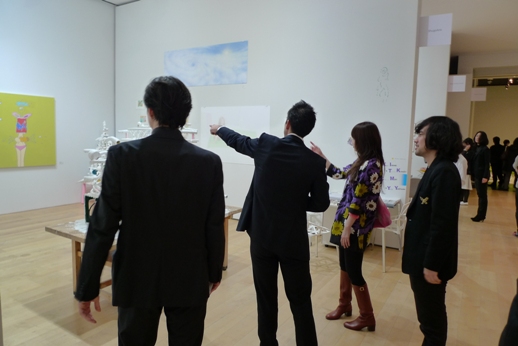
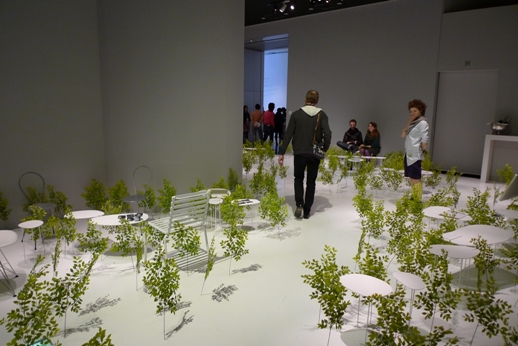
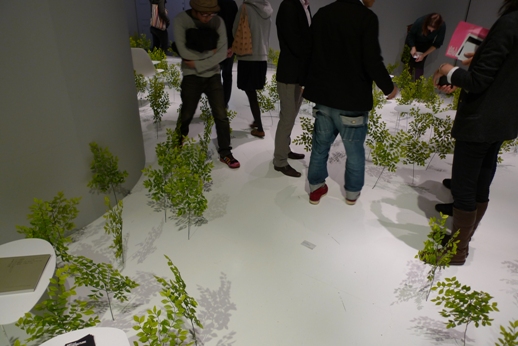
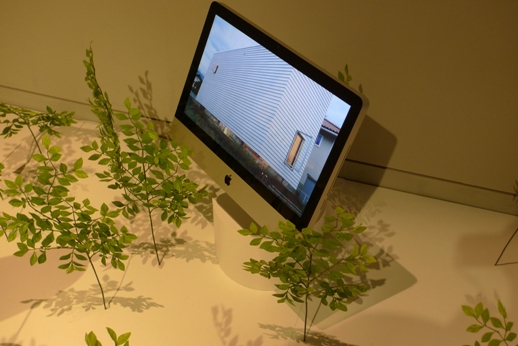
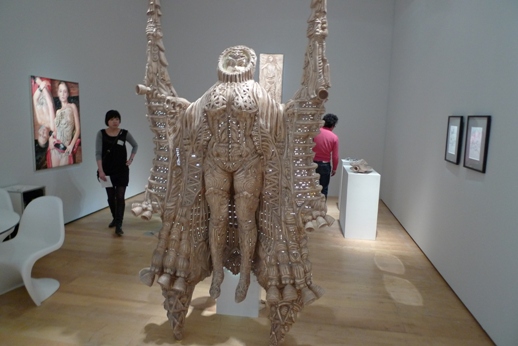
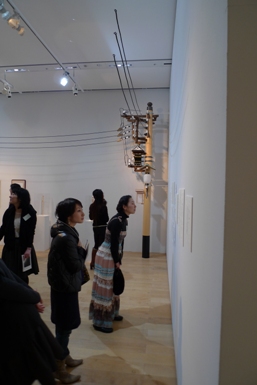
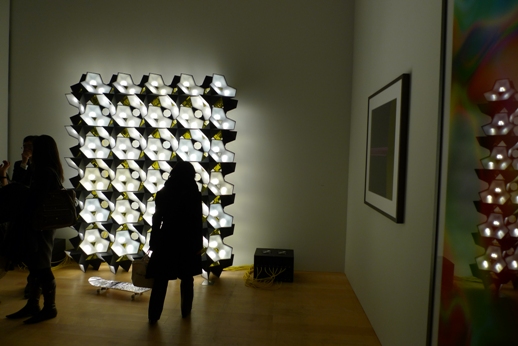
William Andrews
William Andrews



